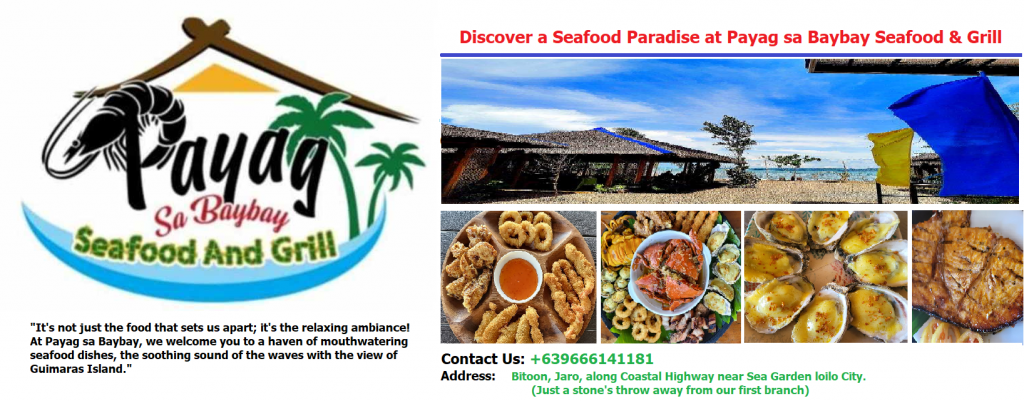As a result of digitalization, the global restaurant industry has transformed over the past decades. Embracing technological advancements has allowed many restaurants to enhance efficiency and meet consumer demands in an increasingly digital age. Digitalization in restaurants can be seen in both physical spaces and the online world. One of the ways that embracing technology has helped restaurants’ physical spaces run more efficiently is by using self-ordering kiosks, which can gather useful customer data, reduce labor costs, and lower the amount of incorrect orders. In 2020, the global interactive kiosk market value reached 26.63 billion U.S. dollars, a figure that was predicted to grow in the future. This feature of restaurant services became especially important during the coronavirus (COVID-19) pandemic due to health and hygiene concerns making personal interaction between restaurant workers and customers less possible. The same can be said for the use of contactless payments. The largest regional segment of the contactless payment market value worldwide was held by the Far East and China, which accounted for around half of the entire industry. North America held the next highest market share, followed by Europe.
Growth of the global online food delivery market
Another feature of restaurant digitalization that progressed during the pandemic was online ordering. The global online food delivery market size reached 111.32 billion U.S. dollars in 2020, a figure that is expected to see growth in the wake of COVID-19 and its negative effect on in-house dining. Many countries saw digital restaurant food delivery growth in this time. The country with the highest growth was the United States with 123 percent, followed closely by Russia, and Canada.
The development of online food ordering has also caused another segment of the restaurant market to grow – the ghost kitchen market. A ghost kitchen, otherwise known as a dark kitchen, cloud kitchen, or virtual restaurant, is a restaurant that does not provide dine-in or takeaway services to customers. It is primarily virtual and is reliant on food delivery apps, such as Grubhub, website/web portal orders, and/or calls, to generate sales. The global ghost kitchen market size was estimated at 43.1 billion U.S. dollars in 2019 and is forecast to reach as much as 71.4 billion U.S. dollars by 2027.

Most important restaurant technology: businesses vs. consumers
Businesses typically prioritize using technology that leads to sales and retaining loyal customers. For example, during an August 2020 survey, North American businesses in the food service industry ranked their top transformative technology preferences. These included integrating physical, digital, and mobile shopping experiences, driving consumer loyalty through customer identification and personalization, and increasing process automation to drive quality and efficiency – all of which are connected to attracting and retaining customers. The lowest ranking transformative technology was “reducing costs through sustainable technologies”, which, while important to consumers, does not directly link to sales or their brand loyalty.
At the same time, the most important technologies to restaurant guests in the United States were drive-through availability and contactless mobile payment. Meanwhile, loyalty programs, something that businesses value highly, were the least important technology to restaurant guests.

Source: Digitalization of the restaurant industry worldwide – statistics & facts | Statista









